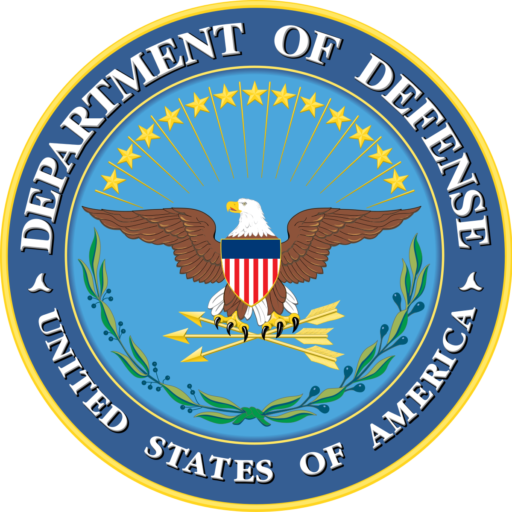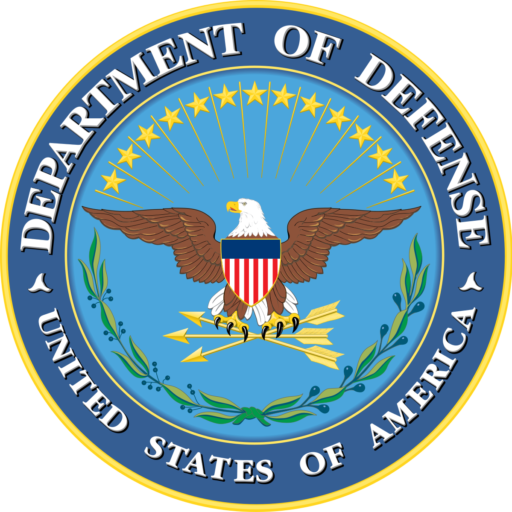about us
THE UNITED STATES MILITARY
The Continental Army was created on 14 June 1775 by the Continental Congress as a unified army for the colonies to fight Great Britain, with George Washington appointed as its commander. The army was initially led by men who had served in the British Army or colonial militias and who brought much of British military heritage with them. As the Revolutionary War progressed, French aid, resources, and military thinking influenced the new army. A number of European soldiers came on their own to help, such as Friedrich Wilhelm von Steuben, who taught the army Prussian tactics and organizational skills.
The army fought numerous pitched battles and in the South 1780-81 sometimes used the Fabian strategy and hit-and-run tactics, hitting where the enemy was weakest, to wear down the British forces. Washington led victories against the British at Trenton and Princeton, but lost a series of battles around New York City in 1776 and Philadelphia in 1777.

19TH CENTURY
The War of 1812, the second and last American war against Britain, was less successful than the Revolution had been. An invasion of Canada failed, and U.S. troops were unable to stop the British from burning the new capital of Washington, D.C.. However, the Regular Army, under Generals Winfield Scott and Jacob Brown, proved they were professional and capable of defeating a British army in the Niagara campaign of 1814.
Two weeks after a treaty was signed, Andrew Jackson defeated the British in the Battle of New Orleans. However this had little effect; as per the treaty both sides returned to the status quo. Between 1815 and 1860, a spirit of Manifest Destiny was common in the U.S., and as settlers moved west the U.S. Army engaged in a long series of skirmishes and battles with Native Americans that the settlers uprooted. The U.S. Army also fought and won the Mexican-American War (1846-1848), which was a defining event for both countries. The U.S. victory resulted in acquisition of territory that eventually became all or parts of the states of California, Nevada, Utah, Colorado, Arizona, Wyoming and New Mexico.
The Battle of Gettysburg, the turning point of the American Civil War The Civil War was the most costly war for the U.S. in terms of casualties. After most states in the South seceded to form the Confederate States of America, CSA troops opened fire on the Union-held Fort Sumter in Charleston, South Carolina, starting the war. For the first two years Confederate forces solidly defeated the U.S. Army (with a few exceptions), but after the decisive battles of Gettysburg in the east and Vicksburg in the west, combined with superior industrial might and numbers, Union troops fought a brutal campaign through Confederate territory and forced the surrender of the Confederate Army of Northern Virginia at Appomatox Courthouse and the Confederate Army of the Carolinas at Dunham Station in April 1865.
The war remains the deadliest conflict in American history, resulting in the deaths of 620,000 soldiers. Based on 1860 census figures, 8% of all white males aged 13 to 43 died in the war, including 6% in the North and 18% in the South. Following the Civil War, the U.S. Army fought a long battle with Native Americans, who resisted U.S. expansion into the center of the continent. By the 1890s the U.S. saw itself as a potential international player. U.S. victories in the Spanish-American War and the controversial and less well known Philippine-American War, as well as U.S. intervention in Latin America and the Boxer Rebellion, gained America more land and power.
21ST CENTURY
U.S. Army and Iraqi Army soldiers patrol borders in Iraq, in November 2009 After the September 11 attacks, and as part of the Global War on Terror, U.S. and NATO forces invaded Afghanistan in 2001, displacing the Taliban government. The U.S. Army led the combined U.S. and allied Invasion of Afghanistan in 2001, and Iraq in 2003. In the following years the mission changed from conflict between regular militarizes to counter insurgency, resulting in the deaths of more than 4,000 U.S service members (as of March 2008) and injuries to thousands more. and 23,813 insurgents were killed in Iraq between 2003-2011. The lack of stability in the theater of operations has led to longer deployments for Regular Army as well as Reserve and Guard troops.`{`citation needed`}` The army’s chief modernization plan was the FCS program. Many systems were canceled and the remaining were swept into the BCT modernization program.`{`citation needed`}`
ARMY COMPONENTS
The task of organizing the U.S. Army commenced in 1775. In the first one hundred years of its existence, the United States Army was maintained as a small peacetime force to man permanent forts and perform other non-wartime duties such as engineering and construction works. During times of war, the U.S. Army was augmented by the much larger United States Volunteers which were raised independently by various state governments. States also maintained full-time militias which could also be called into the service of the army.
WORLD WAR II, EUROPE
By the twentieth century, the U.S. Army had mobilized the U.S. Volunteers on four separate occasions during each of the major wars of the nineteenth century. During World War I, the “National Army” was organized to fight the conflict, replacing the concept of U.S. Volunteers. It was demobilized at the end of World War I, and was replaced by the Regular Army, the Organized Reserve Corps, and the State Militias. In the 1920s and 1930s, the “career” soldiers were known as the “Regular Army” with the “Enlisted Reserve Corps” and “Officer Reserve Corps” augmented to fill vacancies when needed. In 1941, the “Army of the United States” was founded to fight World War II. The Regular Army, Army of the United States, the National Guard, and Officer/Enlisted Reserve Corps (ORC and ERC) existed simultaneously. After World War II, the ORC and ERC were combined into the United States Army Reserve. The Army of the United States was re-established for the Korean War and Vietnam War and was demobilized upon the suspension of the draft. Currently, the army is divided into the Regular Army, the Army Reserve, and the Army National Guard. The army is also divided into major branches such as Air Defense Artillery, Infantry, Aviation, Signal Corps, Corps of Engineers, and Armor. Before 1903 members of the National Guard were considered state soldiers unless federalized (i.e., activated) by the President.
Since the Militia Act of 1903 all National Guard soldiers have held dual status: as National Guardsmen under the authority of the governor of their state or territory and, when activated, as a reserve of the U.S. Army under the authority of the President. Since the adoption of the total force policy, in the aftermath of the Vietnam War, reserve component soldiers have taken a more active role in U.S. military operations. For example, Reserve and Guard units took part in the Gulf War, peacekeeping in Kosovo, Afghanistan, and the 2003 invasion of Iraq.
